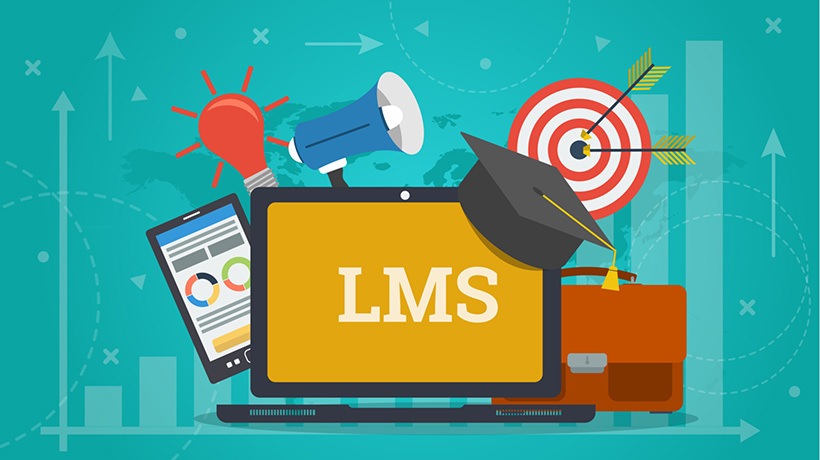In today’s fast-paced business environment, investing in a robust learning management system (LMS) is essential for organizations looking to drive employee development, foster continuous learning, and stay ahead of the competition. However, with a myriad of options available in the market, selecting the right LMS can feel like navigating a complex maze. In this guide, I’ll walk you through the process of choosing the perfect learning management system for your company, ensuring that it aligns with your unique needs, goals, and budget.
1. Define Your Requirements:
Before embarking on your search for an LMS, take the time to define your requirements and objectives clearly. Consider factors such as the size and structure of your organization, the number of users, the types of content you plan to deliver, and any specific features or functionalities you require. Create a list of must-have features and prioritize them based on their importance to your organization’s learning goals.
2. Assess Your Budget:
Next, determine your budget for acquiring and implementing an LMS. Consider not only the upfront costs of purchasing the software but also any ongoing fees for maintenance, support, and upgrades. Evaluate the total cost of ownership over the long term to ensure that the LMS aligns with your financial constraints and delivers value for your investment.
3. Research Available Options:
With your requirements and budget in mind, research available LMS options in the market. Explore reputable vendors and review their product offerings, features, pricing plans, and customer reviews. Pay attention to factors such as user-friendliness, scalability, customization options, and integration capabilities with existing systems and tools used within your organization.
4. Request Demos and Trials:
Once you’ve narrowed down your list of potential LMS vendors, request demos or trials to get a hands-on experience with the software. Take the time to explore the user interface, navigation, and key features of each LMS to assess its ease of use and suitability for your organization’s needs. Involve key stakeholders, including HR professionals, trainers, and end-users, in the evaluation process to gather diverse perspectives and feedback.
5. Consider Scalability and Flexibility:
As your organization grows and evolves, your learning management needs may change as well. When selecting an LMS, consider its scalability and flexibility to accommodate future growth and changing requirements. Choose a solution that can scale seamlessly to support a growing user base and adapt to emerging trends and technologies in the learning and development landscape.
6. Evaluate Support and Training Resources:
Effective implementation and ongoing support are critical factors for the success of an LMS deployment. Assess the level of support and training resources offered by the vendor, including technical assistance, implementation services, and user training programs. Ensure that the vendor provides comprehensive support throughout the implementation process and beyond to address any issues or challenges that may arise.
7. Seek Feedback and References:
Before making a final decision, seek feedback and references from existing customers or clients who have implemented the LMS. Ask about their experiences with the software, including its usability, performance, reliability, and customer support. Consider reaching out to organizations similar to yours to gain insights into how the LMS has benefitted their learning and development initiatives.
8. Make an Informed Decision:
Finally, weigh all the factors, feedback, and information gathered throughout the selection process to make an informed decision. Choose the learning management system that best aligns with your organization’s goals, requirements, and budget while offering scalability, flexibility, and reliable support. Ensure that the chosen LMS has the potential to drive employee engagement, improve learning outcomes, and contribute to the overall success of your organization.
Conclusion
Selecting the right learning management system for your company is a crucial decision that requires careful consideration and planning. By defining your requirements, assessing your budget, researching available options, and evaluating key factors such as scalability, support, and user feedback, you can navigate the maze of LMS choices with confidence and choose a solution that meets your organization’s learning and development needs both now and in the future.

